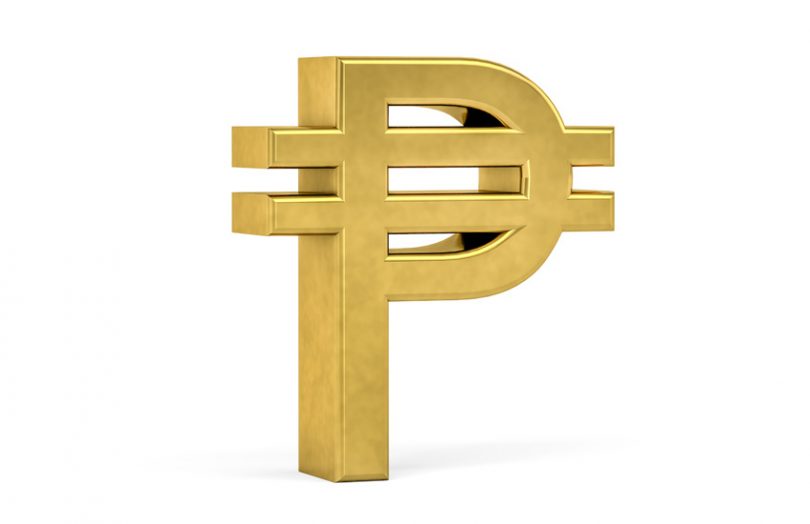This week, in an interview on local news station ABS-CBN, Benjamin Diokno, the Governor of the Bangko Sentral ng Pilipinas (BSP), said the country was considering a wholesale central bank digital currency (CBDC). Based on his comments, it may be considering joining the M-CBDC Bridge project for cross border payments.
Last week the Monetary Authority of Singapore (MAS) and BSP announced they’re working on enabling citizens of both countries to make real-time cross border payments using QR codes. Earlier this year MAS went live with a similar solution with Thailand. Both of these involve bilateral connections between payments systems and do not involve digital currencies.
Diokno said BSP’s work with MAS was part of a long term agreement on innovation. “It’s a step in a loftier goal of a multilateral agreement on cross border real-time results systems. This is part of a global move,” he said.
The Governor mentioned the multilateral payment work at the BIS Innovation Hub in Hong Kong, which we assume referred to the multi CBDC (M-CBDC) Bridge project with Hong Kong, China, Thailand and the UAE, which is a wholesale CBDC initiative.
He spoke about the Philippines’ local retail payment systems working well and a desire to perfect those first rather than using a retail CBDC. Earlier this year the BSP published a paper on CBDC. “We’ll go into digital currency maybe at some point in the near future, but this will be wholesale rather than retail,” said Diokno.
Stepping back, the Philippines is a country with one of the largest inbound remittances, $35 billion in 2020, according to the World Bank. The top source countries are the USA (40%), Singapore (7.2%), Saudi Arabia (6.1%), Japan (5.3%), the UK (4.6%) and the UAE (4.3%).
There are currently two Asian cross border wholesale CBDC initiatives, the M-CBDC Bridge Project, and Project Dunbar run out of Singapore. Since the Philippines is already working on a bilateral cross border payments system with Singapore, there is less incentive to join Singapore’s Project Dunbar that includes Australia, South Africa and Malaysia. And it might be more motivated to join the M-CBDC Bridge Project, where one of the participants is the UAE, representing 4.3% of inbound Philippines remittances.






